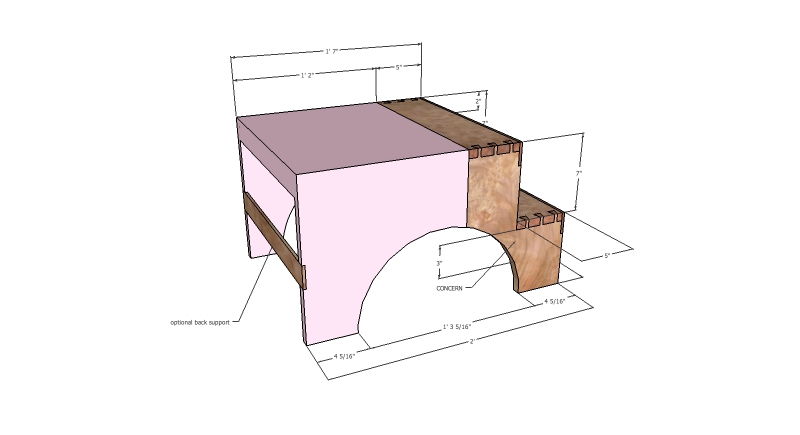Treating Soft Wood to Reduce Tear-Out when Turning
Soaking the piece in a sizing or finish solution can stiffen the material for cleaner turning results. November 27, 2007
Question
I've been turning highly figured burls. Some are soft and kind of punky. Even when I cut with a sharp fingernail gouge, I get tear-out. I've heard of permeating the burl with acrylic. One turner even put dye in the acrylic. Doesn't acrylic or Polycril change the appearance? Acrylic is, after all, plastic. Is there a way to turn this stuff cleanly without plasticizing?
Forum Responses
(Furniture Making Forum)
From contributor J:
Without seeing the grind on your gouge or observing your technique, I will assume that they are optimal. If tear-out is still occurring, then it may be a case where only abrasives will remove stock without causing tearout. Wear a respirator - dust from spalted or rotten wood can be dangerous.
From contributor D:
Cyano glue will consolidate the wood enough to turn cleanly. Let it saturate and dry, then turn it. It will change the appearance slightly, but will match a clear finish. Watch out for the fumes from a lot of Cyano flashing off - they can be noxious.
From Professor Gene Wengert, Sawing and Drying forum technical advisor:
There is sanding sealer if you are removing only a small amount. Also, glue sizing. I confirm the info about respirators.
From contributor W:
50-50 mix of sanding sealer and thinner works well. Put on, let dry (dries quickly), turn and do again if needed. Stiffens fibers to let you work. I have done this several times on spalted woods. Dust mask should be worn.
From contributor K:
If it is small, the CA glue is the fastest way. If it is already wet, put it in the freezer. You could get a nice clean cut on a frozen sponge without tear-out. I would give that sanding sealer a try on something first. I would worry about it not drying well below the surface, and ending up a gooey mess. Minwax makes a product for this, but I have not tried it, so I can't say how good it works. There are also some thin epoxies for this purpose.
From contributor T:
I use the Ellsworth version of the fingernail grind. Not all fingernail grinds are created equally. End view profiles of different brands of deep fluted bowl gouges vary, causing the best fingernail grind to vary slightly. (I like Oneways single flute version with their longer double ended handle. You can store a tool in the end you aren't using for increased handle weight.)
If your angle on your gouge is at its optimum, your tool handle is long, your tool rest is about 1/4" away from the wood, and you use a shearing cut at the correct angle and height above the tool rest, you won't create tear out any bigger than the cut you are making. A shearing cut properly done can take off less than 1/64th, you just have to take many passes.
If it's still a problem you will have to resort to abrasives. Tear out happens when the grain wants to split, chip, or fracture, due to the wood itself, vibration from the tool, vibration from the balance of the wood, vibration from the lathe or its foundation, or vibration from how far the wood projects from one or two centers. The more accurately aligned the centers are, the less vibration also. Cyanoacrylate glue will definitely hold fibers still to cut cleanly in tricky applications.
From contributor R:
When I turn bowls, I often get cracks and grain separation. What's the best glue to use in these situations? I've used everything from epoxy, epoxy-and-sawdust (for bigger gaps) to Super Glue. They all seem to work, but I wonder which is best?
From the original questioner:
There are a number of things to use. There are a variety of cyanoacralate (sp?) glues available - thick, thin, instant set, activated. I like the stuff that requires activator. It allows the glue to flow into cracks, checks, and voids because it doesn't stiffen up until you spray on the activator. I've been happy with a 3M product.
Epoxies have their place for larger voids. I also use 5-minute epoxy to glue my blanks to blocks in order to chuck them up. However, when the blank is really open, I use polyurethane glue because it expands into the burl and provides a mechanical bond.
